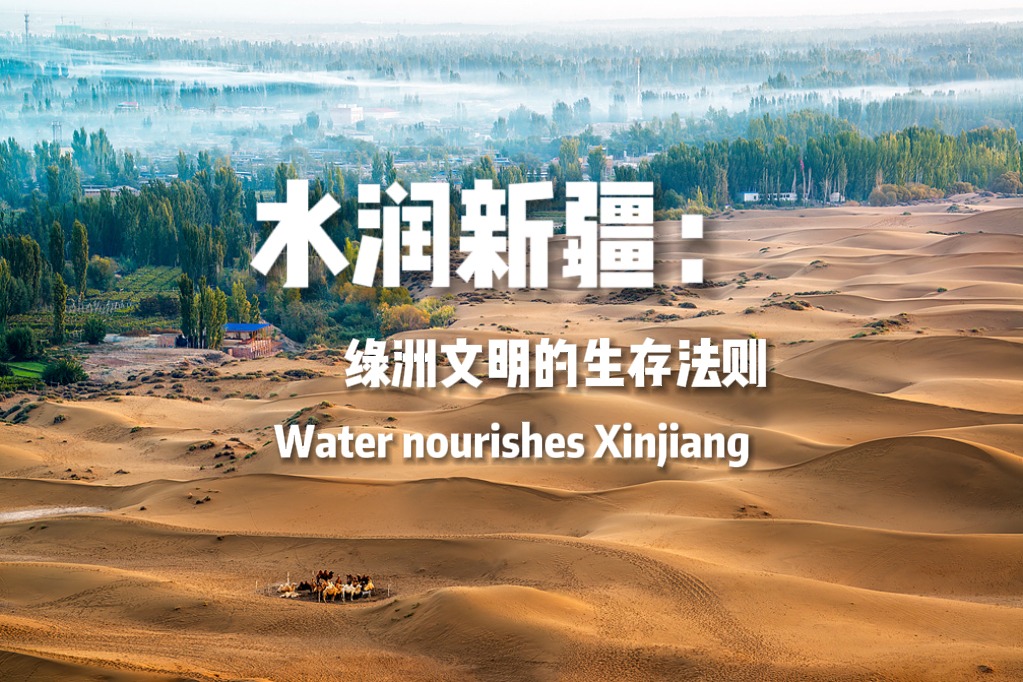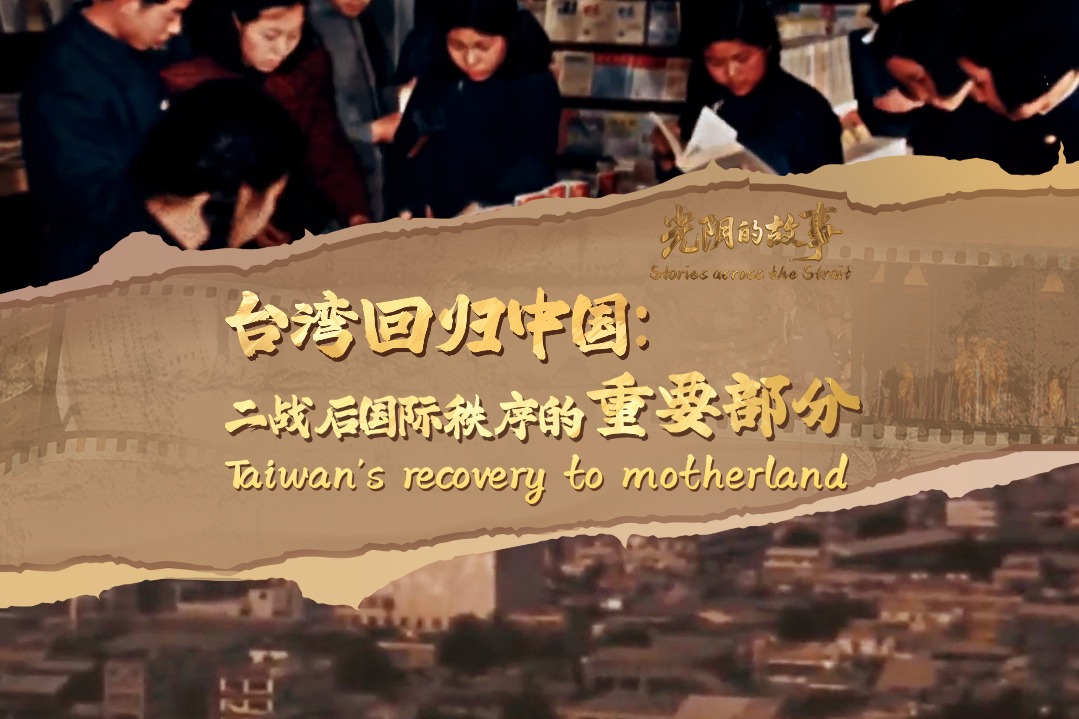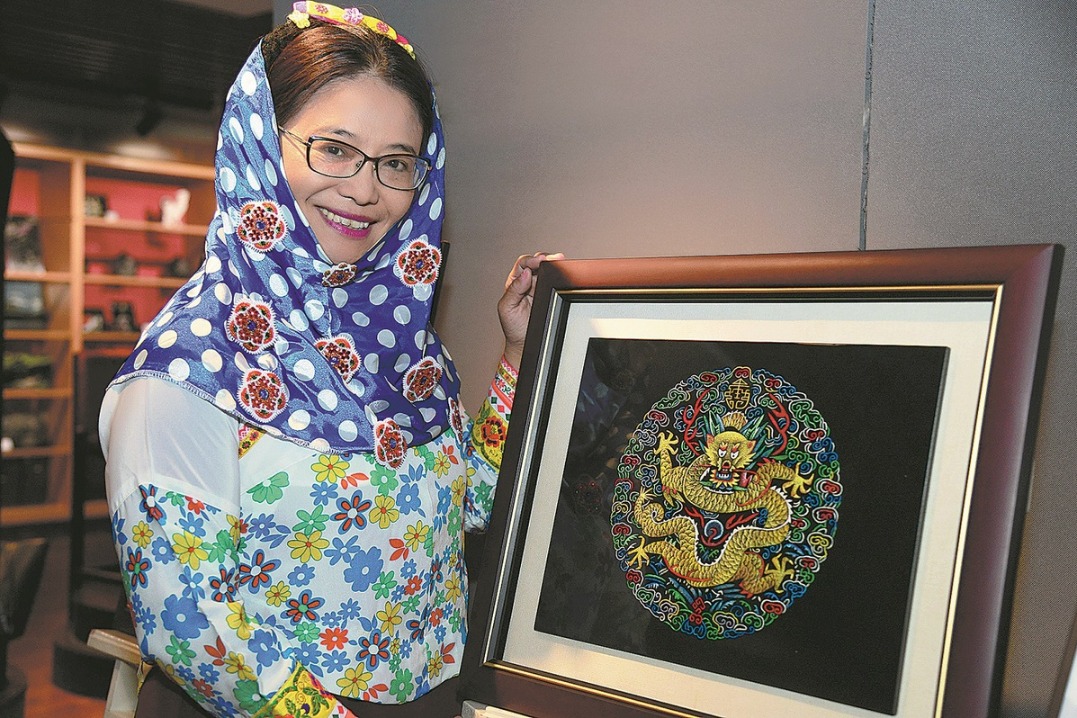The lotus flower: 'Most unique' of all plants

In a test conducted in Honghu Park in Shenzhen, lotus flowers were found to be resistant to pollution and have water-purifying functions. Lotus flowers love the sunshine and are not shade-tolerant. They are ideally planted in areas with direct sunlight. Studies have shown lotus flowers can only bloom in households that offer more than 6 hours of direct sunshine per day, and the flowers prefer warmth. The terminal buds of lotus roots in pools begin to bud when the temperature rises to above 13 degrees Celsius in early April. In mid- and late May, the leaves grow above the water. In early and mid-June, blooming starts. In late June and mid-August, they reach full bloom. In early September, the last flowering period starts. In July and August, their fruit reaches maturity. In mid- and late August, the roots are mature. In early and mid-October, their leaves turn yellow and wither, and the plant enters dormancy. The entire growth period is 160 to 190 days and needs an accumulated temperature of about 4,000 degrees Celsius. These are the ecological reasons why lotus flowers can flourish everywhere.
Lotus flowers rely on their underground roots, however, and die in harsh environments. The seeds then begin to demonstrate the plant's vitality in the face of natural disasters. One good example is the catastrophic flood of 1954 in which all lotus flowers disappeared. Three years later, water receded to normal levels and in the shallow parts of the lake, the depth was suitable for lotus seeds to grow. Before the flood, numerous seeds had scattered around in the lake and the plants began to grow young leaves in great density, just like artificial seeding. Just two years later, this natural development restored the original scene of abundant lotus flowers.
Each part of the lotus flower is treasured. In wide wetlands, wild seas of lotus flowers extend hundreds of kilometers and meet the horizon in the distance. Apart from ornamental purposes, lotus flowers can be used to make food, beverages, medicines, packaging materials and raw materials for industrial purposes. The roots, rich in starch and other nutrients as well as vitamins, can be eaten raw or cooked. Soup made using the roots is a special delicacy in Hubei province. Tender roots and green lotus seeds are popular foods in the summer — fragrant, sweet, and crisp. Old roots can be made into powder or preserved slices, which are nutritious for women, children and elderly people. Lotus seeds are indispensable at dinner, where lotus flowers are the main course. The petals can be eaten with other food.
Young lotus leaves can be used to cook congee and meat and produce unique flavors. Lotus leaves and nuts are used to make lotus leaf tea that can help people lose weight and lower blood pressure. Each part of the lotus flower can be used in traditional Chinese medicine. Their seeds and stamens are an invigorator and have astrictive and calming functions, while the stamens and petals have cosmetic effects. Their root slices have astriction and hemostasis functions. Lotus seed pots can disperse blood stasis and help relieve metrorrhagia, hematochezia and hematuria. The leaves and stems are bitter tasting and moderate in nature and can help people during hot summer days. Their leaves are also environmentally-friendly packaging materials. The stems are rich in fiber and can be used as raw materials in the textile industry.
Each and every part of the lotus flower is useful for people. In a poem, Liu Bowen (1311-1375) of the Ming Dynasty wrote that "the Paeonia blooms in the spring, while the cotton rose flourishes in the autumn. But none of them are as good as lotus flowers that have bright colors, fragrance and fruits." Of all flowers, the lotus flower is unique in the sense that each and every part of it is useful.
- AI empowers culture and museum sector
- Shaanxi strengthens intellectual property protection, officials say
- 29th Shandong-Taiwan Economic and Trade Fair to facilitate cross-Strait talent recognition
- World's highest bridge passes crucial load test
- Nobel laureate partners with Shanghai Henlius Biotech for immunotherapy clinical trials
- Beluga whales witness 'Deep Sea Certification' wedding in Heilongjiang





































